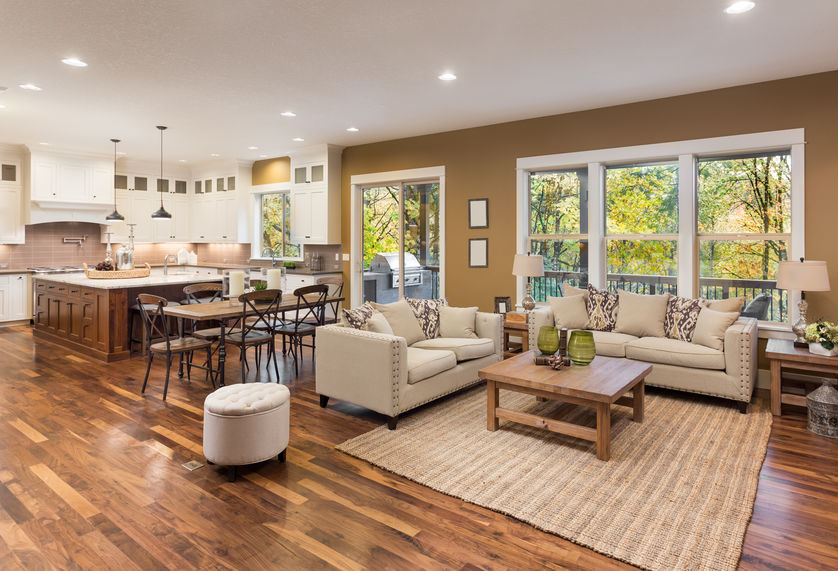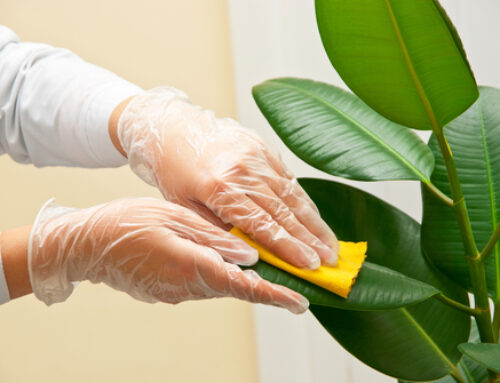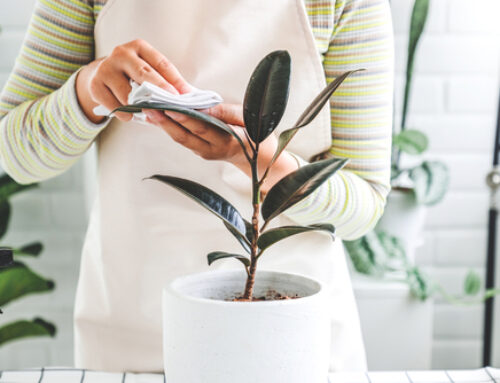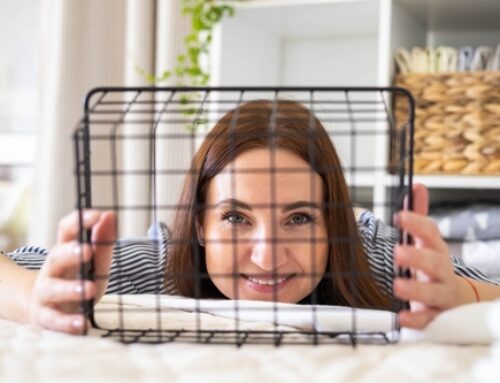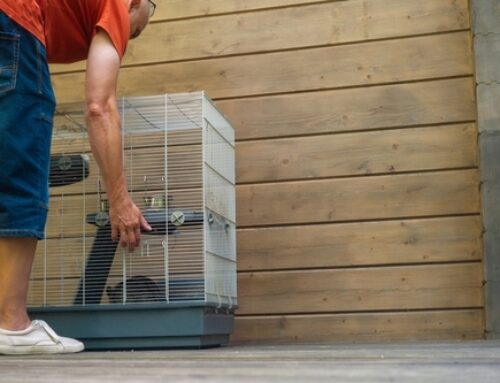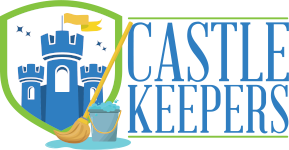Solid hardwood floor and engineered wood flooring are both gorgeous and durable – to a point. Hardwood flooring’s long-lasting nature is only as good as the treatment it receives from the people who take care of it. Proper treatment is the first step to keeping it beautiful for decades. Here are six ways to protect hardwood floors in your home.
1. Limit traffic
Hardwood floors easily stand up to normal traffic, but abnormal wear and tear can do it in. To keep your hardwood floors in the best possible shape, avod:
- High heels
- Sliding furniture legs and large boxes
- Grit, sand, and small rucks underfoot
2. Avoid or limit cleaning your floor with water.
Water and untreated wood don’t mix. When water is introduced to untreated wood the cells of the wood absorb the water, swell, and eventually decay. The surface of normal hardwood floors is usually sealed with polyurethane, but water can damage the unsealed raw wood of the sides and bottoms of floorboards. Only use a slightly damp mop, thoroughly wrung out. Even Swiffer-type mops and cleaning products claiming to be gentle on laminates and hardwood have more of a reputation than they deserve. As with any liquid-based cleaning method, disperse the Swiffer cleaning liquid in small squirts.
If you do use liquids to clean your hardwood floor, mist lightly with a cleaner formulated specifically for hardwood floors. Resist the urge to use steam on your hardwood flooring. Since steam is water, keep in mind that steam cleaning hardwood can be damaging, too.
A better alternative is to clean your hardwood floors daily with a soft-bristled broom and dustpan and vacuum once a week with a vacuum designed for hard flooring.
3. Clean up pooled water immediately
There are all kinds of ways liquids end up on floors, including leaky dishwashers, spilled drinks, kitchen sinks splash, and dogs and family members tramp through with wet boots. While small quantities of liquids spilled within the confines of a single floorboard aren’t too much cause for alarm, liquids that bridge floorboards can possibly leak through seams and between floorboards.
This is more of an issue with prefinished wood flooring since the top of this type of flooring is sealed at the manufacturing plant and then installed onsite, many times leaving the sides and edges unsealed and ripe to absorb spilled liquids.
4. Clip pets’ nails
Fido and Fluffy can be the hardest on your hardwood floors if you don’t keep their nails trimmed. Some of the deepest, longest, and most plentiful gouges come from dog claws when they scramble for the front door, or cats when they run from an aggressively curious dog.
You can protect your floor by regularly clipping claws to reduce nail damage on the flooring and laying out mats and rugs where animals tend to rest or scramble for the door.
5. No shoes, no scratched (or, at least, fewer scratches)
Cleaning your floor regularly to eliminate abrasive dust that will dull your floor’s topcoat. Enforcing a no shoes in the house policy will also help, since outside debris tracked in with shoes and paws act like sandpaper and can slowly abrade your floor’s topcoat and can bring you closer to refinishing or re-sanding.
6. Lay down mats and runners
Every home has certain zones that bear the brunt of foot traffic, and these zones should be protected with mats and runners. Entryways and mudrooms that lead to the exterior are at the top of that list. Second are interior hallways, plus specific areas of larger rooms such as kitchens and living rooms that receive pass-through traffic. In kitchens, lay down mats in front of the kitchen sink and dishwasher to capture spills, and boot trays and small mats just inside doorways to encourage people to leave their footwear and mess at the door. By laying down attractive runners and non-slip rugs, you can go a long way toward slowing down wear and tear on those highly trafficked areas.

